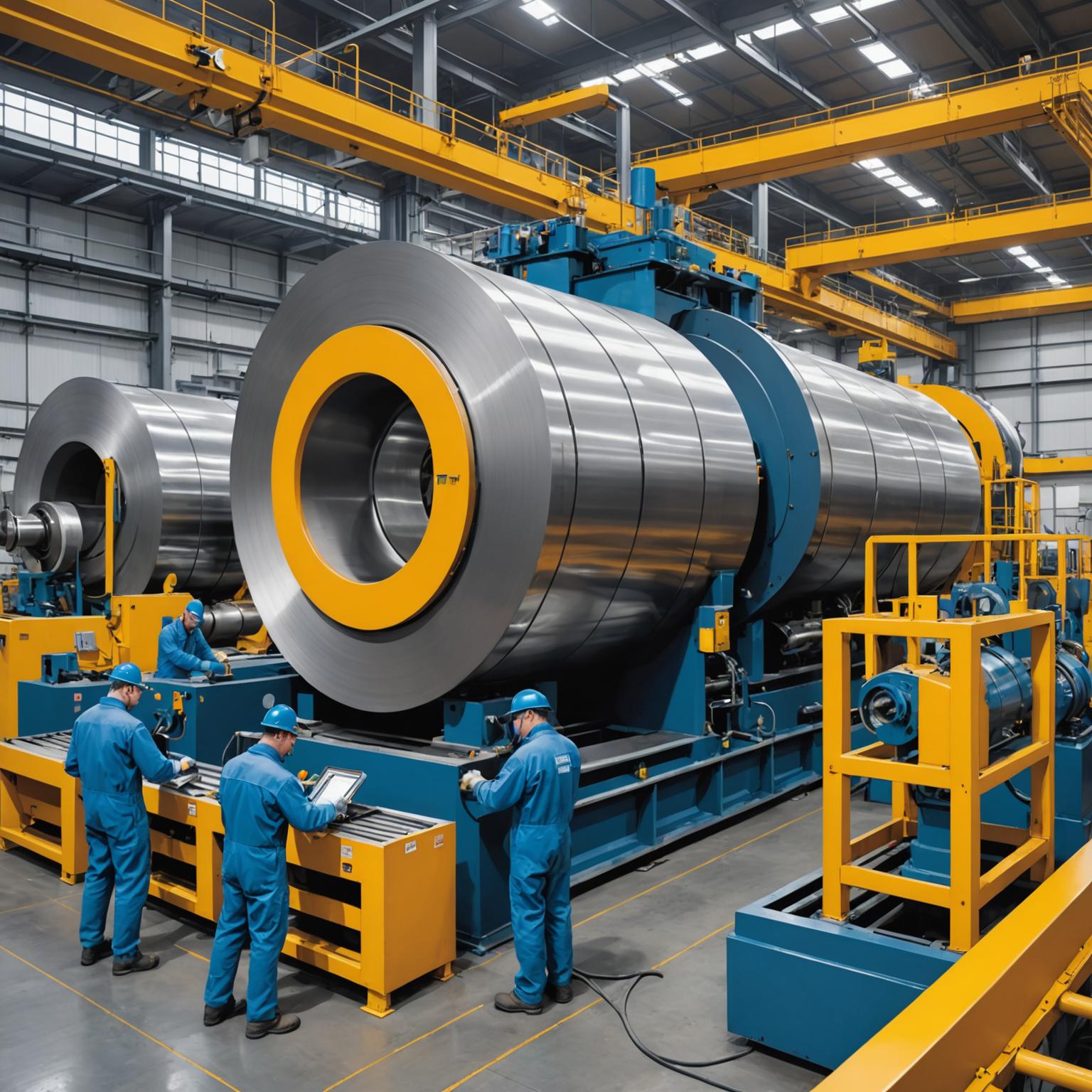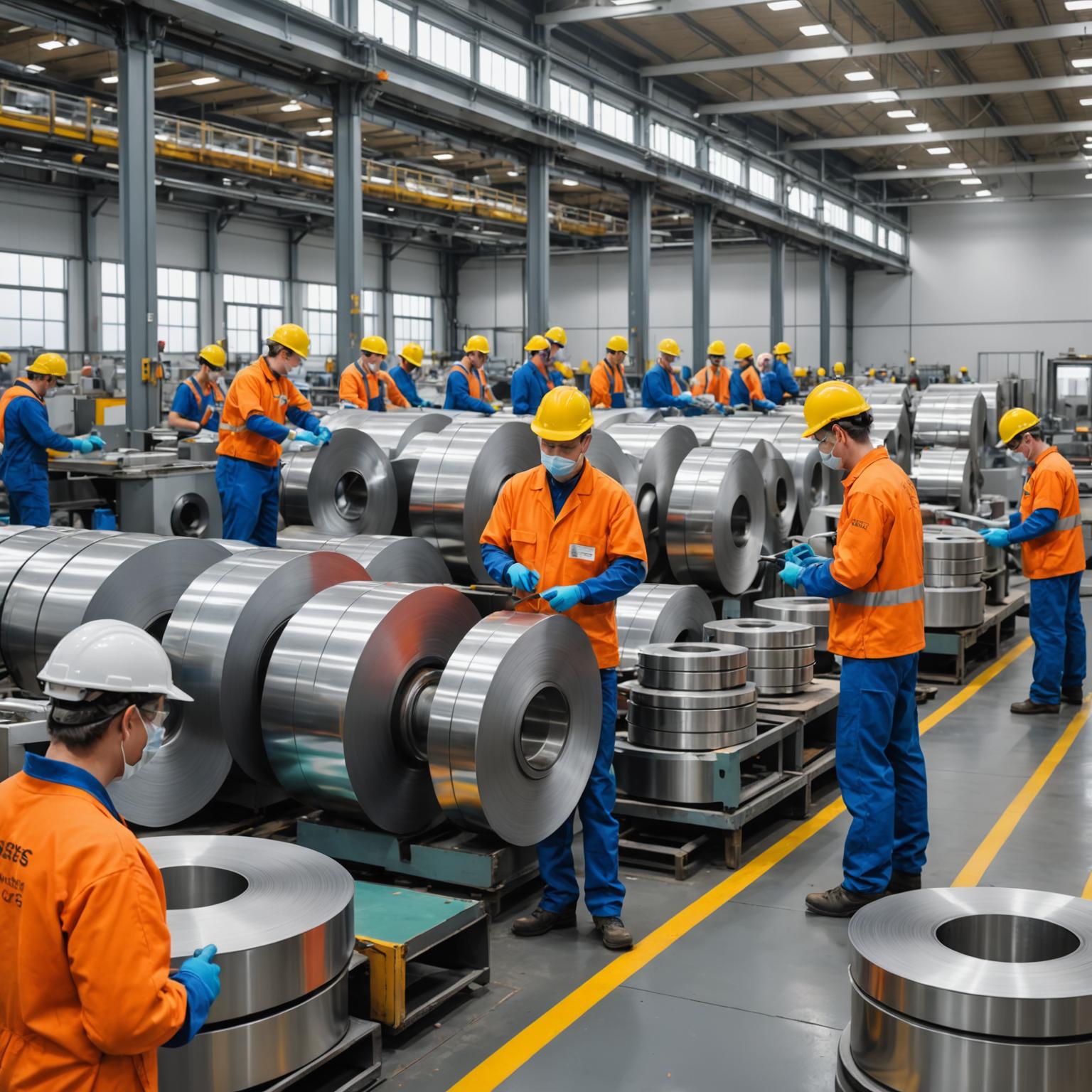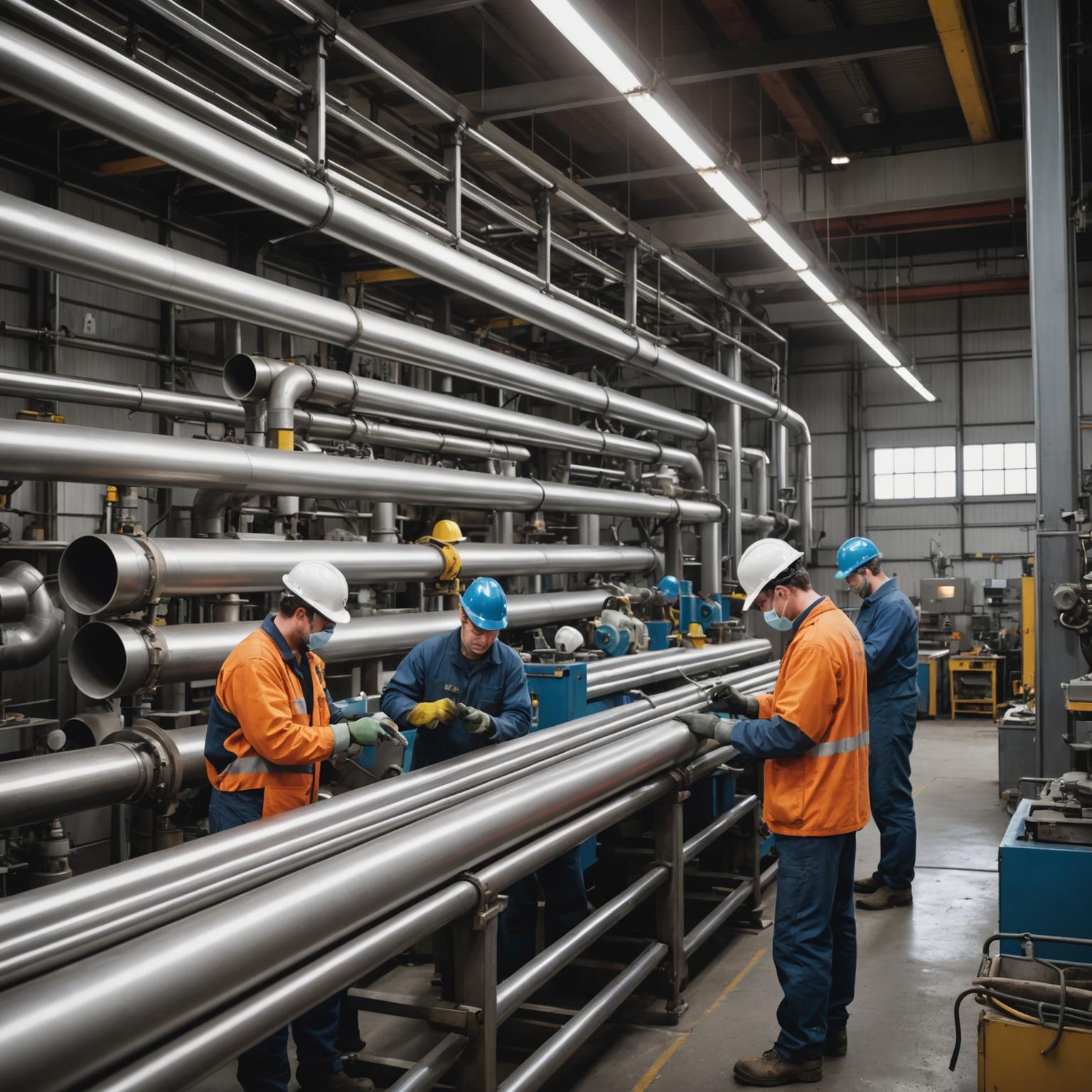2025

The expected trajectory of stainless steel prices in 2025 is the main topic of interest in the industrial sector. Due to its durability, corrosion resistance and smooth aesthetic appeal, stainless steel has long been regarded as the backbone of engineering. Analysts are closely following global market trends, raw material availability and advances in manufacturing to predict stainless steel pricing in the near future. In addition to these financial prospects, innovations such as the Z-series metal coil processing system promise to redefine how to leverage, process and integrate into manufacturing workflows.
Factors such as changes in chromium, nickel and molybdenum supply are crucial to determining prices. In addition, global economic transformation, environmental policies and technological advances will further affect the trajectory. Manufacturers, suppliers and industries that rely on stainless steel products may adopt smarter eco-conscious practices to manage any price fluctuations.
Material characteristics of medical stainless steel
Medical grade stainless steel is separated due to its excellent material properties customized for robust, sanitary and safe applications. Medical stainless steel is highly corrosion-resistant and is ideal for surgical tools, implants and a wide range of medical devices. Its non-reactive surface ensures compatibility with human tissue, thus contributing to safer and more reliable operation.
The excellent material characteristics of medical stainless steel are their impeccable durability and ability to sustainably tolerate the sterilization process. Medical facilities around the world are using highly durable stainless steel equipment to protect wear and tear, ensuring patient safety. Coupled with the advancement of intelligent manufacturing systems such as high-precision industrial roller systems, stainless steel equipment is now produced with higher dimensional accuracy, thereby improving the overall reliability of medical-grade equipment.
Advantages of stainless steel medical devices
The use of stainless steel in medical devices provides unparalleled advantages. Its drug resistance ensures longevity, even when exposed to body fluids and strict sterilization processes. This makes it the material of choice for surgical scalpels, scissors, tweezers, needles and even prosthetic implants.
In addition to durability, stainless steel instruments are easy to maintain and clean, mitigating risks associated with infection or contamination. Their smooth surface reduces adhesion of biological fluids, ensuring that the device remains sterile. High-precision industrial roll systems have made a significant contribution to the production of such high-quality tools, enabling a manufacturing process that meets stringent healthcare industry standards and provides seamless dimensional accuracy.
Innovative equipment to promote the development of the industry
Innovations such as high-precision industrial roll systems and Z-series metal coil processing systems are critical to advancing industries that rely on stainless steel, including healthcare. High-precision industrial roller systems emphasize accuracy and seamless finishing processes, which are essential for the production of medical-grade materials.
Z Series Metal Coil Treatment Systems revolutionize the efficiency of handling stainless steel coils, ensuring optimal cutting, gap and rolling activity. With its intelligent automation and ecologically conscious design, this machinery supports sustainability while increasing productivity. Its ability to cater to mass production minimizes waste and enhances precise output, which is critical for industries that utilize stainless steel for medical or other advanced applications.
Integration of modular and user-friendly setup, coupled with cutting-edge sensors and operational intelligence, position these systems as a driving force for manufacturing advancements. By optimizing workflows and delivering high-quality results, these innovations ensure that the unique properties of stainless steel (such as robustness, corrosion resistance and adaptability) are fully utilized in the industrial sector.
Looking forward
As we move forward, stainless steel remains an important material in the healthcare, automotive, aerospace and construction industries. Forecasts for 2025, continuous investment in technological innovation to optimize stainless steel usage while addressing pricing and sustainability issues.
Medical-grade stainless steel will continue to be a cornerstone of a hygiene-centric industry, with its unparalleled material properties leading to advances in surgical tools and implants. Equipment such as high-precision industrial roller systems and Z-series metal coil processing systems show that innovations in the manufacturing process will continue to enhance the value and application of stainless steel.
The future of stainless steel is not only about exploring new applications, but also about mastering the way to bring this material to the global industry. With the joint pursuit of ecologically conscious manufacturing and technological growth, the industry is expected to improve productivity, accuracy and sustainability in the coming years.








